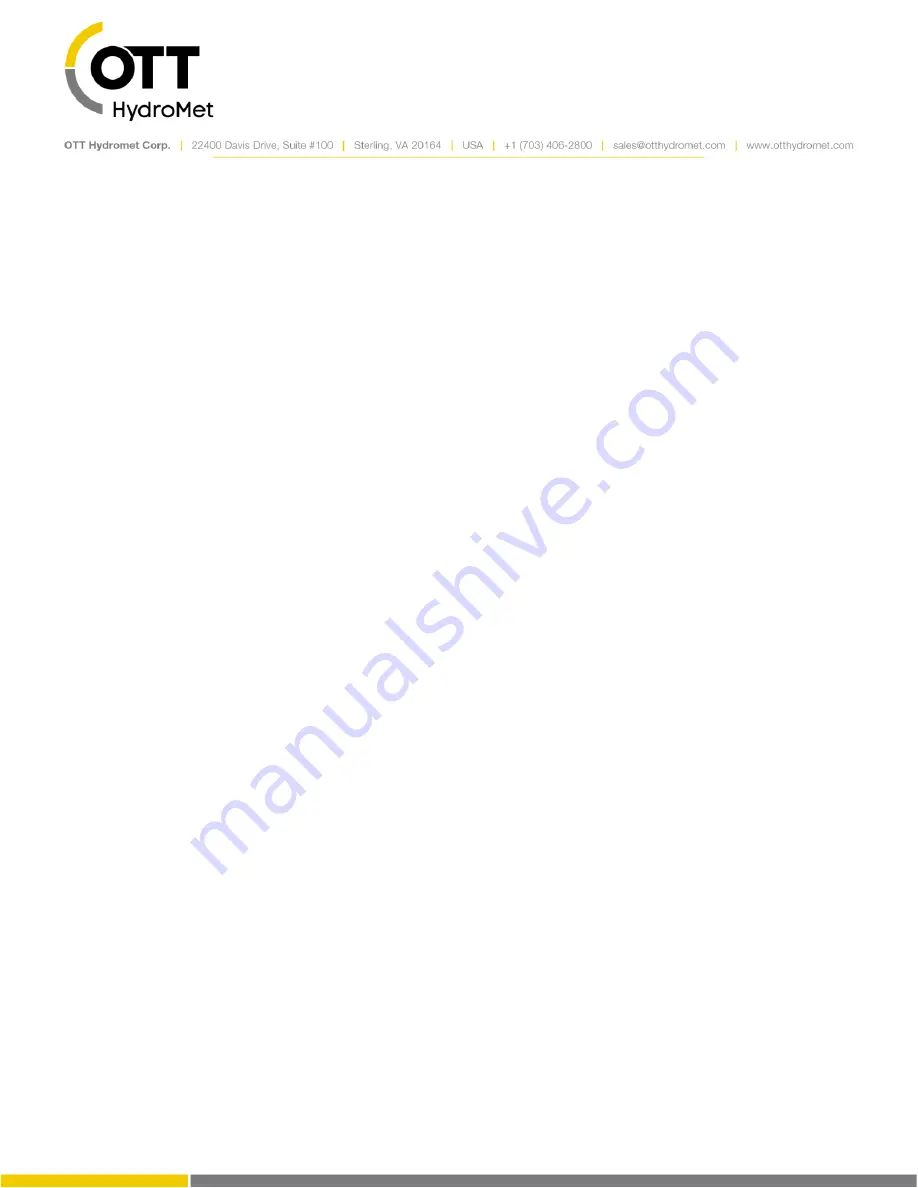
Page
243
of
248
26.1.1
Notes on installation
Installation location and choice of housing:
Install the rechargeable battery intended for power supply exclusively in a ventilated
protective housing (switch cabinet)!
When charging rechargeable batteries, certain amounts of hydrogen and oxygen gas (oxyhydrogen
gas) escape - depending on the battery technology used. This gas mixture is extremely flammable
and must be transported to the outside. Therefore, use for example commercially available
ventilated housings. Alternatively, two diagonally opposed ventilation openings must be
provided. The cross-section of these ventilation openings must be dimensioned appropriately.
In addition, the openings need to be protected against water ingress and contamination
(insects, ...), but at the same time they must guarantee an unobstructed air circulation.
It is recommended to use a solid state battery charger to be collocated with the battery.
The
temp compensation will more accurately reflect the temperature of the battery and there is
more physical space for the 3rd party regulator in the battery enclosure in most cases.
Ambient temperature:
For protective housings that are exposed to direct sunlight: Use enclosures with bare metal
surface (stainless steel) or with white/light gray color.
For installation locations with
continuously
high outside temperatures ( > approx. 30 °C):
Provide effective shading for the housing containing the
rechargeable battery, adapted to
maximize sun shading during the course of the day.
This allows a temperature reduction of up
to 10 °C inside the housing.
Electrical safety:
Use a safety fuse directly on the rechargeable battery to protect the Sutron XLINK 1 & XLINK
500/100 supply line.
This prevents a short circuit in case of improper handling or in case of
malfunction. When selecting the fuse size, take into account the maximum current
consumption of the Sutron XLINK 1 & XLINK 500/100 and all connected sensors and
communication devices. Recommended tripping current: Imax x 1.5; tripping behavior medium
slow blow fuse.
Only use a charger suitable for the battery technology and the expected ambient conditions.
Ideally, the charger should have temperature compensation of the charging voltage (e.g. a lead
acid battery requires a temperature compensated solar regulator to appropriately decrease the
voltage as the temperature increases). This reduces the escape of hydrogen and oxygen gas and
extends the life of the rechargeable battery.
The battery technology dictates the charging requirements and should be followed closely.
E
.g. wet cell (typ. automotive) batteries have a different charging voltage than a sea
led lead
acid battery.
Summary of Contents for SUTRON XLINK 100
Page 230: ...Page 230 of 248...
Page 247: ...Page 247 of 248...




















